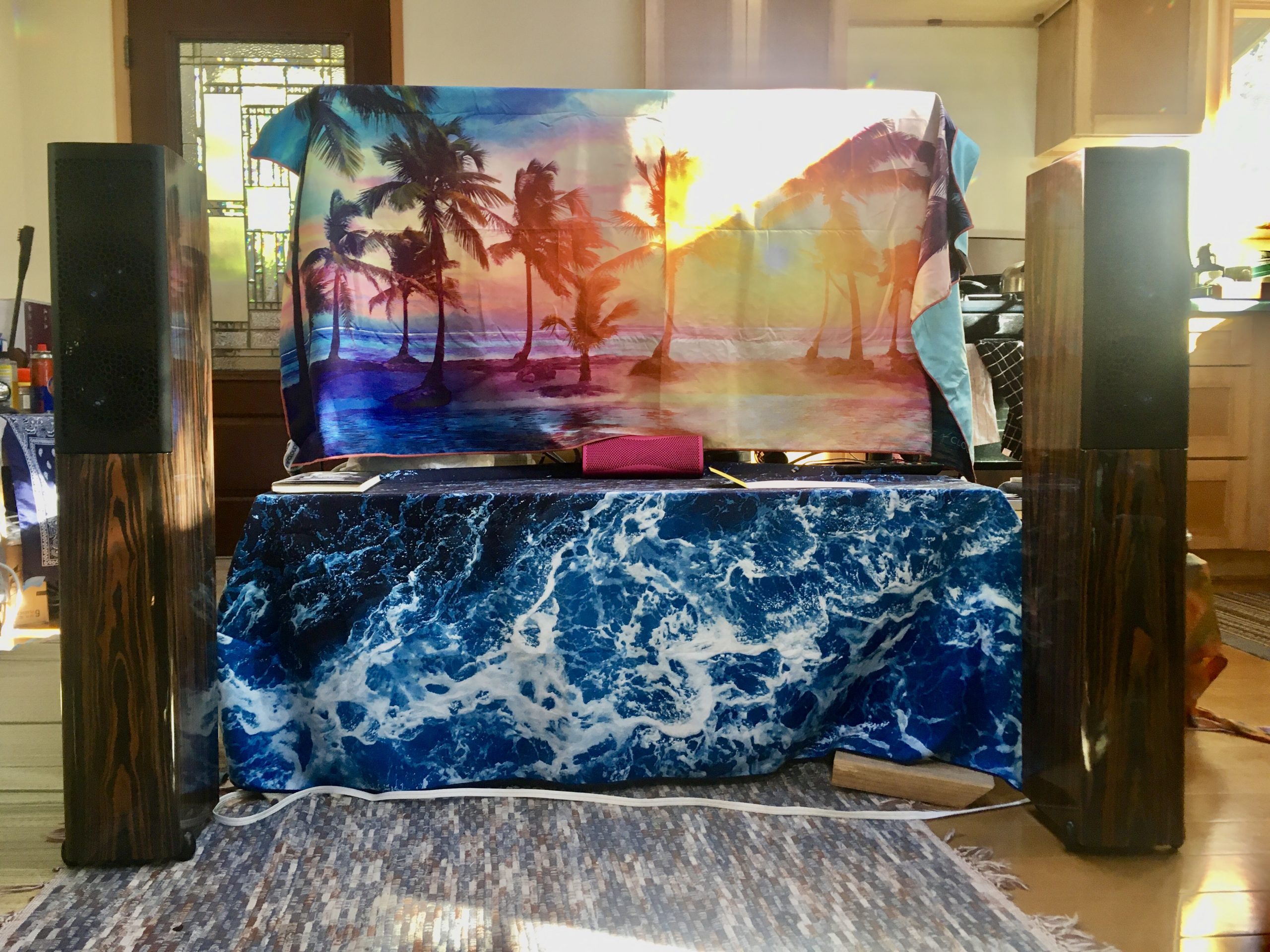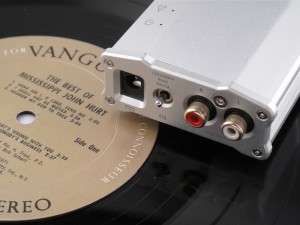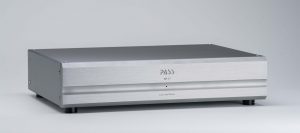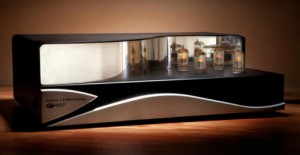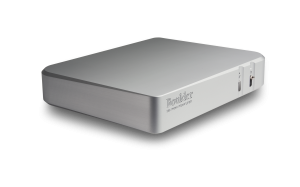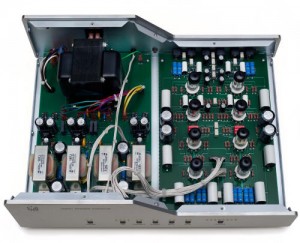The art of listening for art's sake - the art of listening to music, including hi-res audio, MQA, DSD, and 5.1 surround sound

In an unconventional approach from the tech learning and evaluation methods I've all but trained myself to follow since the 80s, I hooked up the iFi Zen Phono preamp without looking at anything on paper or online. Granted the unit doesn't ship with paper, but I am only now discovering just prior to starting to write this review that the back of the box package most likely serves as the product's offline documentation. Admittedly, I've had the Zen unboxed and sitting behind my turntable for many weeks now. As we all well know, daily activities under COVID-19, US Election 2020, and seemingly infinite unexpected asides leave us less than well prepared for scheduled activities at times.
Happily this morning I was able to clear my listening space here in Hawaii both time and material wise and dedicate both to hearing a new vinyl disc I ordered through Bandcamp created by Andrée Burelli based in Berlin. In recent months I was drawn to her ambient style of electronic music sometimes accompanied by her vocals and wanted to hear the analog studio master of her newest recording on vinyl so I ordered it when it was released in October last year.
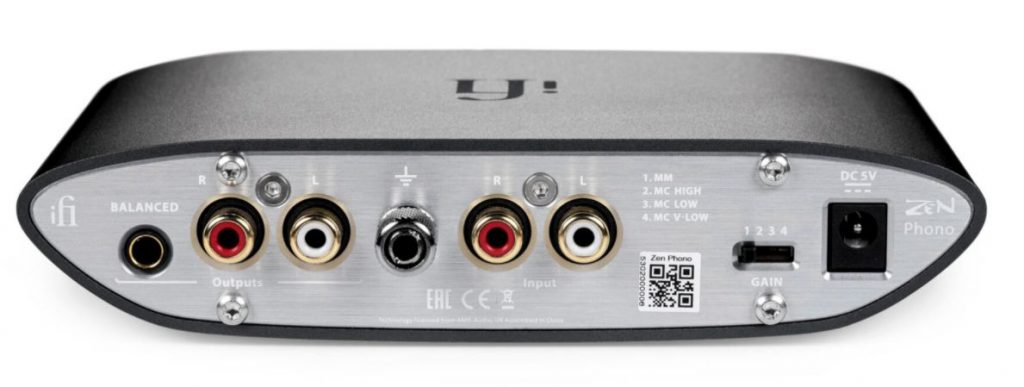
Zen Phono by iFi Audio, Rear View
A Zen Approach To Hooking Up
With my interest in discovering what the Zen Phono had to offer, I looked at the back of the demo unit and saw little to frighten me. I squinted at the text on the back of the Zen no further than to identify the "Input" and "Output" unbalanced RCA connectors (there is also a 4.4mm balanced output) and then proceeded to attach the cables to my turntable and to my trusty iFi iTube2 preamp that passes a split signal to both my Polk SW10 powered subwoofer and NAD 906 multi-channel amplifier. The amplifier is currently attached to two Hafler M5 Reference monitors. I also attached a grounded AC-less (only ground pin connected) cable to the obvious choice on the Zen and pushed the Zen power button.
That was it. I was ready for a meeting of the non-minds of the iFi Audio Zen phono stage electronics with the Zen state music of Andrée Burelli.
Lights came up indicating Zen Phono power and an "MC High" LED status by virtue of how the rear switch had been set either out of the box or through my inadvertent prior handling, I can't say which. The only other button on the preamp is labeled "Subsonic Filter" and is documented by iFi as an "Intelligent Subsonic filter." It responded politely to my consecutive presses (on/off) with another white LED. I chose to start with the Subsonic Filter on. Let me tell you right here that I ended up preferring the Zen Subsonic Filter to be left on.
The filter revealed to my ears subtle grains of greater truth in what I heard. iFi's notes claim it "solves warp issues effectively" by removing Rumble only and unlike other similarly purposed filters doesn't confuse removing a warped LP side effect (<20Hz speaker cone movement) with removing any actual bass notes or making phase corrections in the recording. Perhaps it's possible the iFi AI Subsonic filter also detects and removes other errant vibrations transmitted through the stylus. The Subsonic EQ filtering and possible noise/rumble refinements I detected were all subtle changes to the soundstage in my test, being subtle no doubt largely due to the platter I was listening to that was in new unwarped condition, weight, and mastered quality.
Putting Andrée Burelli's October 2020 vinyl release De Sidera (American Dreams Records) on Side B (this album package came with two spare album covers, another existential question I can't answer) I started listening to her ethereal world unfold from my favored sitting location about 8 feet away hunched forward with the Hafler tweeters facing me at eye level.
What I heard was bigger than the space I was sitting in.

Andrée Burelli, De Sidera, 12" LP, October, 2020
Dialing In Nothing
My choice listening to Burelli's material in reviewing Zen Phono allowed me to hear a very wide spectrum of sound at mid to quite low levels. There are layers to her compositions that often encompass deep walking bass lines beneath waves of other synthesized material that in my words expand towards the listener. Her voice in Italian appears at times as a central source of focused breath and tone through often vaporous words. (No I don't speak Italian but that is not why I describe the delivery as vaporous. As the album notes on Bandcamp indicate she is singing a fictitious phonetic type of language that has no direct translation.)
Her vocals appear to my ears as lighted images or well-honed types of spearheads with their own extended 3D projection directed straight towards the listener. Nothing in the produced tracks here hurries, but there is always very much going on. Layering continues to multiply in 3 dimensions and unrolls towards you as recognizably distinct orchestral like passages the more you listen.
My Zen Phono introductory tracks gave me a well received presentation of this music. For some time during the past year I have been listening to vinyl with iFi Audio's less than simple to setup iPhono3 Black Label (BL) phono stage preamplifier. This full and wide implementation of all things considered in the art of delivering LP studio master quality sound to the listener is reviewed by me HERE.
So it was with a few unconscious sighs that I initially put the needle down with Zen Phono connected instead of the iPhono3 BL. I was not disappointed. Starting at zero as far as knowing what I was working with, I listened to and heard Burelli's dreamscapes unfold their captivating characteristics to my ears. Her voice was like a telescopic frontal presence and the bass organically subsonic, both pulse and breath like. In between and above are the wide and interwoven sonic tapestries which found clarity in their relative dimensions. I liked what I heard and wondered if it could be dialed in any better.
Making The Grade
After playing the entire Side B ("Aquilone Perduto," "Cum Sidera," "Natura Domina," "Cuore Di Piume," "Leggeri Come Cenere") I began to make changes to the Zen while repeating only the single track 2 "Cum Sidera." Including the variations on the Zen settings I will describe here, as well as some comparative auditions to the iPhono3 BL on the same track, I listened to "Cum Sidera" no less than 30 times without tiring of its messages to my ears.

Andrée Burelli, De Sidera, 12" LP, October 2020
From the single small 4 position switch on the back of the Zen I randomly began with a "2" setting and then proceeded to "3," "4" and lastly "1" while listening only to track 2 "Cum Sidera" during these changes. I adjusted the iTube2 volume considerably with each of the switch changes as the staging compensated gain (36dB MM to >72dB MC) for expected cartridge voltage changes. A Zen pause occurs with any rear switch change and blinks the appropriate front white LED during transition setup for the new phono stage for perhaps 7 or 8 seconds before signal is reconnected.
With the higher gain across what I later discovered were ththree Moving Coil (MC) cartridge settings from high ("2") to very low ("4") voltage I increasingly lost control of my focused sound and a destructive low hum got introduced. Enough said, as these were improper settings for my turntable which Zen Phono readily conveyed to my ears.
This learn as you go approach seems not uncommon to consumers who Buy and Try things until they somehow settle on an acceptable configuration, neither knowing nor perhaps understanding what configuration properly applies nor pursing any documented guidelines. Many things from microwave ovens to LED TVs and wireless speakers fall into this less than optimal operation abyss. To its design credit and assumed target audience Zen only allows for a few false side steps (3 total) in this regard, with clear sound distinctions between 1, 2, 3, and 4 being the only single switchable options.
Arriving finally at the number "1" switch position I felt my ears click to become fully engaged. Without reading anything about it I had placed the Zen in the only Moving Magnetic (MM) option which is tailored to my Vestax BDT-2500 with a 0.7 Mil Conical Diamond needle based on the sound I heard.
I was now listening to the best of what Zen had to offer my setup and it was very good in separation, clarity, focus, and frequency and dynamic ranges. All of these elements are well versed on Burelli's De Sidera album.
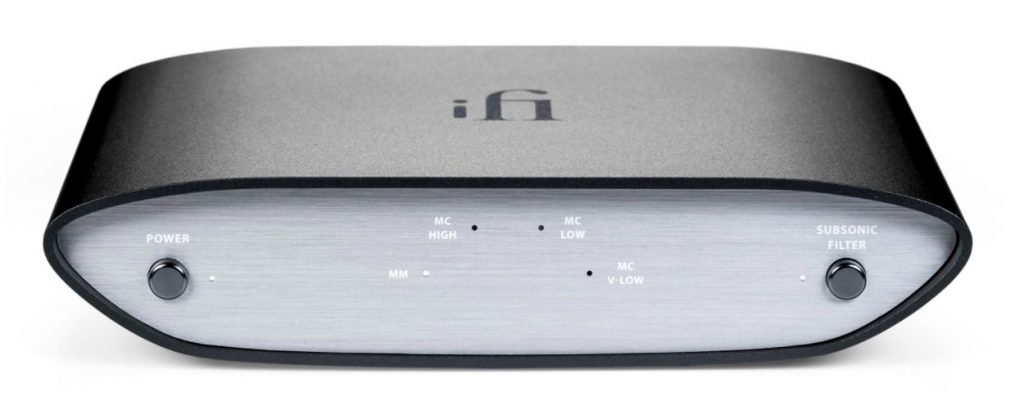
How To Proceed
Simplicity has true value in many places and situations. In this regard, More can become Less as value increases with diminishing avenues of error available.
Zen Phono provides the simple approach to creating the proper stage signal for any downstream preamp/receiver/powered sub destination. Based on my 100% intuitive approach to using the device, Zen provided the professional quality audio signal without any required education in the fine arts of RIAA equalization (Zen's Tolerance Level +/-0.15dB) let alone CCIR EQ or Columbia vs Decca EQ, phase distortion or cancellation, MC vs MM stylus differentiation on turntables, subsonic filters vs. rumble removal and more and more and more. Documenation of the Zen Phono reveals all this as parts of the intricacies it addresses and autonomously completes for the listener in its quest for easy to achieve honest and accurate playback sound reproduction.
This level of sonic quality at a low cost in every respect, not excluding time to learn and use, appears to be iFi's goal for Zen Phono. In that regard I believe they have well achieved their goal.
Returning To Forever
After hearing Zen Phono's best, I returned my setup to the iFi iPhono3 BL phono stage preamp to observe the contrasts. The iPhono3 unit here has been through quite a lengthy setup with refinements for optimal EQ (22 total options) and MM input variations (5 choices) understanding and correctly positioning a total of 24 Dip switches on the bottom of the unit. I wrote about iPhono3 in some detail in this linked post HERE.
The iPhono3's differences in sonic presence and preciseness over the Zen Phono are instantly obvious and instantly rewarding. There is sound fabric in the layered recording through iPhono3 that you don't hear, feel or, to some including myself, see with the Zen Phono. In addition to the more intricate walls and waves of sound through the iPhono3, the singer's voice has added dimension and weight. To restate the now obvious, I hear things with the iPhono3 I do not hear with Zen Phono.
While this additional sonic detail is not surprising given the two very different classes of product and their price ranges, what is literal for me with this review is that layers of music might well be existentially aligned with layers of detail, design, materials and workmanship in the vehicles used to deliver sound.
iPhono3 BL and Zen Phono are both outstanding products in their respective approaches to making the analog delivery of vinyl a palpable enjoyment for whoever is in the same room with them. Zen's simplicity and accuracy with extended adaptation to varieties of turntable configurations make it a very affordable and proficient phono stage preamplifier.

Lili'uokalani Gardens, Hilo, Hawaii, photo by David Elias




